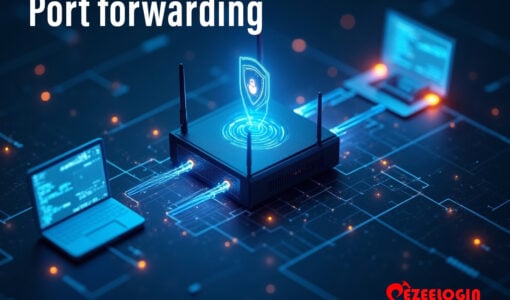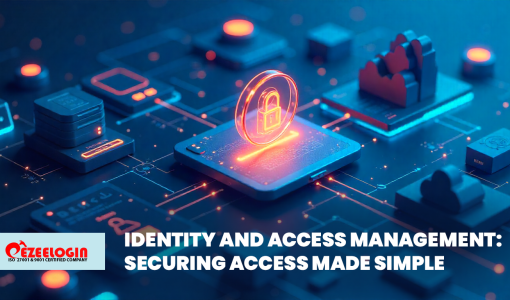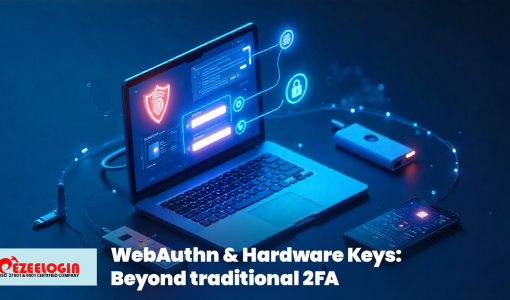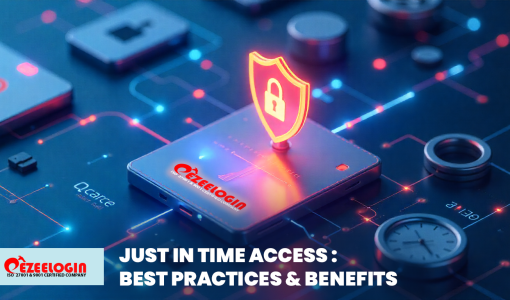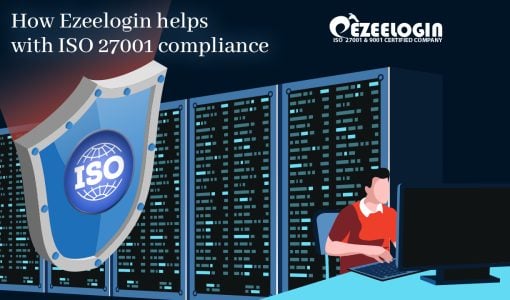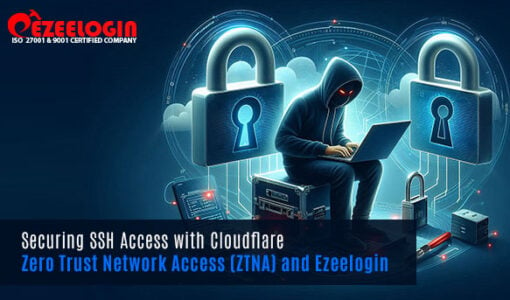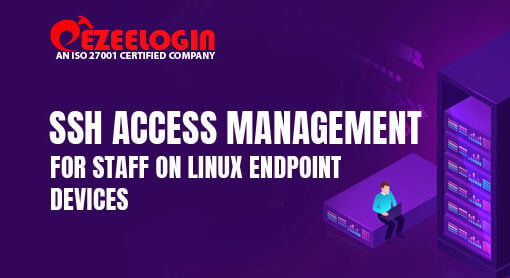Authentication Vs Authorization
In today’s digital era, cybersecurity has become a major concern for individuals and organizations alike. One key aspect of securing systems is controlling access to digital devices and data. This is where the concepts of authentication and authorization come into play. In this article, we will explain what authentication and authorization are, the key differences








